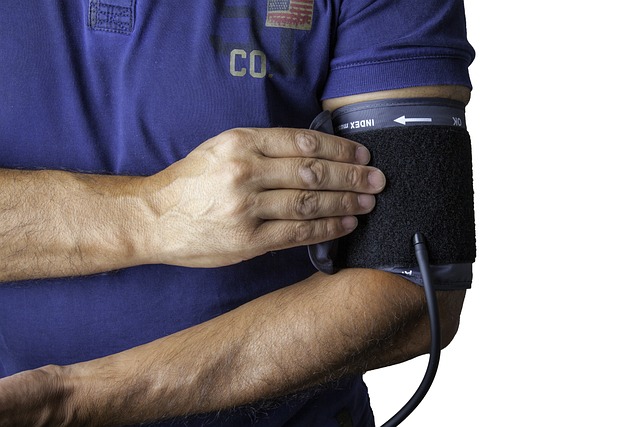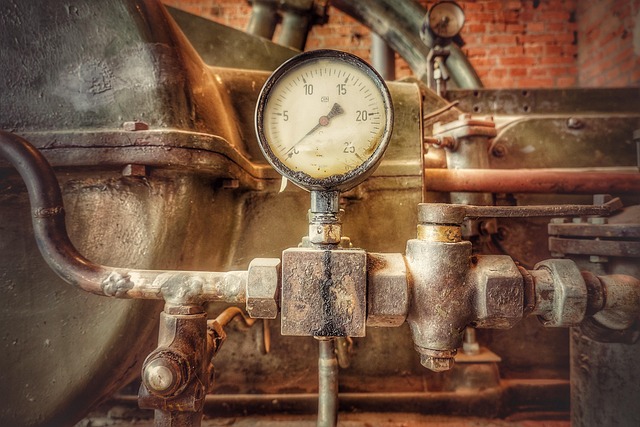Low shower water pressure results from various causes like leaks, mineral buildup, old plumbing, or faulty valves. Identifying these issues—through visual inspections for damage, clogs, or deposits—is crucial before implementing targeted solutions to restore optimal water pressure and enhance your showering experience.
Do you ever feel like your shower is just a drip, not a refreshing downpour? Low water pressure can transform your relaxing routine into a frustrating experience. Understanding the causes behind this issue is key to restoring your shower’s power. From leaks and clogs to outdated fixtures, various factors contribute to reduced water pressure. This article delves into the top reasons your shower feels weak and provides practical solutions, including troubleshooting tips, maintenance routines, and fixture upgrades, all aimed at enhancing your shower experience.
- Understanding Low Water Pressure in Showers
- – Common causes of reduced water pressure
- – Identifying the specific issue (leaks, blockages, etc.)
Understanding Low Water Pressure in Showers

Low water pressure in showers is a common issue that can significantly impact your bathing experience, leaving you with a weak spray that feels more like a trickle. Understanding the causes behind this problem is the first step towards fixing it. The primary culprit could be issues within your plumbing system or with the showerhead itself.
Causes of low water pressure range from simple obstructions in the pipes to more complex problems like corroded valves, leaks, or even an outdated plumbing setup that can’t keep up with modern fixtures. In some cases, the issue might be as straightforward as a mineral buildup in the showerhead nozzles, restricting water flow. Identifying these causes is crucial before attempting any fix to ensure you’re addressing the right problem and enhancing your shower experience effectively.
– Common causes of reduced water pressure

Low water pressure in your shower can be frustrating and often leaves you wondering, “Why isn’t my shower as powerful as it used to be?” Several common causes could be at play. First, check for leaks anywhere along the pipes leading to your showerhead. Even small drips can significantly reduce water flow over time. Second, mineral buildup from hard water can clog nozzles and restrict water flow. Over time, these minerals can accumulate, reducing pressure and resulting in a weaker spray. Additionally, an old or faulty showerhead itself might be the culprit; older models may have narrow apertures that limit water output, especially if they aren’t designed for high-pressure systems.
– Identifying the specific issue (leaks, blockages, etc.)

If your shower feels weak, it’s likely due to an underlying issue that needs addressing. The first step is identifying the specific problem causing the low water pressure. Common causes include leaks in the pipes or showerhead, blockages in the water supply lines, or issues with the shower valve and its settings. Leaks can significantly reduce water flow, while blockages may restrict the passage of water, resulting in a weakened spray.
To pinpoint the exact cause, start by checking for any visible signs of damage or corrosion on pipes and fittings. Next, inspect the showerhead for clogs caused by mineral deposits or hair buildup. Additionally, ensure that the shower valve is fully opened and functioning correctly. If issues are detected, addressing them promptly will help restore optimal water pressure, enhancing your showering experience.
Low water pressure in showers can be a frustrating issue, but understanding the causes, whether from leaks, blockages, or outdated plumbing, is the first step to fixing it. By identifying the specific problem and taking appropriate actions, such as repairing leaks, clearing clogs, or upgrading fixtures, you can restore your shower’s power and enjoy a satisfying, high-pressure rinse again.
